Dornier Do 215
The international interest aroused in the Do17 in July 1937 by its success at Zurich was reneged in the following year by the début of the improved Do17Z, and at an early stage in the development of the new model, the Yugoslav government began to consider its capabilities as a potential successor to the earlier Do17K for which the State Aircraft Factory in Kraljevo, Yugoslavia, was in process of tooling. Dornier therefore obtained to solicit export orders for the Do17Z, but the RLM allocated a new type designation, Do215, to the aircraft in export form.
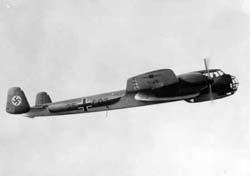 A pre-production Do17Z-0 redesigned Do215V-1 and served as static test airframe and later tested to destruction. In January 1939 the RLM granted tentative approval for the sale of 240 Do215 to Yugoslavia. The Do 17Z-012 airframe was re-engined with a pair of Gnôme-Rhône 14N air cooled radials as the Do215V-2, D-AIIB, and demonstrated to the Yugoslav Kingdom Air Force. A third airframe was re-engined with two Daimler-Benz 601A liquid-cooled engines. This aircraft, D-ATIB, and the D-AIIB was demonstrated to several foreign missions and for the export market were demonstrated all over Europe before the war. Demonstration sample for the Yugoslav Kingdom featured standard Yugoslav camouflage pattern. Gnôme-Rhône powered sample did not perform significant performance over the K model so next model is prepared with in line engines. Both Yugoslavia and Sweden, shown more interest in this version with inline engines.
A pre-production Do17Z-0 redesigned Do215V-1 and served as static test airframe and later tested to destruction. In January 1939 the RLM granted tentative approval for the sale of 240 Do215 to Yugoslavia. The Do 17Z-012 airframe was re-engined with a pair of Gnôme-Rhône 14N air cooled radials as the Do215V-2, D-AIIB, and demonstrated to the Yugoslav Kingdom Air Force. A third airframe was re-engined with two Daimler-Benz 601A liquid-cooled engines. This aircraft, D-ATIB, and the D-AIIB was demonstrated to several foreign missions and for the export market were demonstrated all over Europe before the war. Demonstration sample for the Yugoslav Kingdom featured standard Yugoslav camouflage pattern. Gnôme-Rhône powered sample did not perform significant performance over the K model so next model is prepared with in line engines. Both Yugoslavia and Sweden, shown more interest in this version with inline engines.
The first order was placed by the Swedish government for 18 Do215A-1 having Swedish radial engines. These were to replace a cancelled order by France for 12 Breguet 694 recce planes [Swedish S-10]. Because Germany also cancelled the Swedish order for 18 S-11 [Do215A-1], still in September 1939 the Swedish AF ordered from Holland 18 S-13 recce planes [Fokker G-1], but these were never delivered finally.
Netherlands ordered 18 Do215B-1 planes with DB601Aa engines. Nine were to deliver before the 01.11.1939 and 9 before the 01.01.1940. Holland AF reserved for these bombers the service numbers “866 to 883”. Dornier 215 was later visit Holland for the close examination by the Dutch officials. Finally Yugoslavia ordered on 05.07.39 one hundred Do215Bs for a sum of 517 million dinars. On the 1st September 1939 Dornier had 50 Do215s for delivering between December 1939 and April 1940. In October 1939 an embargo was placed on the export of 215 bombers. Yugoslavia was advised on 8 October 1939. Do215A never built, and the B subtype was reserved for the Luftwaffe, mainly as long range reconnaissance aircraft. The 3 first Do215B-0 planes were finished in December 1939:
0001 to 0003 NO+TA to NO+TC. In January-February 1940 the B-0 0004 to 0012 NO-TD to NO+TL built. From February built the 18 former Dutch B-1 planes, but as reccebombers: 0013-0030 VB+KA to VB-KR.
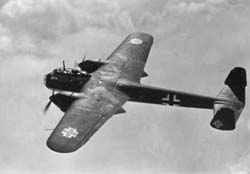 Because of contractual agreement two samples was considered for delivery to the Soviet Union. In February 1940 Soviet specialist examined the Do17Z bombers, and ordered two. But later specified DB601Aa engines and requested pure LRR aircraft. The Soviet Commission flying tested in Germany the Do215B-3 W.Nr.0032 NO+TZ on the 19/20 April 1940, and on the 28 April this, and the 0031 were delivered to Moscow by air….One was used by the Red Air Force Academy, and the second by Commissariat of Aircraft Production.
Because of contractual agreement two samples was considered for delivery to the Soviet Union. In February 1940 Soviet specialist examined the Do17Z bombers, and ordered two. But later specified DB601Aa engines and requested pure LRR aircraft. The Soviet Commission flying tested in Germany the Do215B-3 W.Nr.0032 NO+TZ on the 19/20 April 1940, and on the 28 April this, and the 0031 were delivered to Moscow by air….One was used by the Red Air Force Academy, and the second by Commissariat of Aircraft Production.
Only a few B-3 were delivered to the Luftwaffe, 0033-0039 PK+EA to PK+EG, these were similar to B-1, but ohne Kaltstart. Finally from W.Nr.0040 PK+EH the new B-4 LRR ac built for the Luftwaffe. By the 1st July 1940 Dornier München plant already built 48 Do215B aircraft, and further 2 for the Soviet Union. The first such ac. (a B-0) made its first flight on the 05.12.1939. München has to build further 50 B-4 recce planes between July 1940 and February 1941.
In January 1941 Dornier terminated the Do215 production with 6 Do215B-5 night fighters (Kauz-3). The Do215B-6 was equipped with DB601A engine with exhaust driven turbine.
Unit to be first equiped with the type was Aufklarungsgruppe of the Oberbefehlshaber der Luftwaffe. Also 1.(F)/124 operated this type from May 1940 and also later Nachtaufklarungstaffel in Soviet front was operated this type. Reconnaissance sorties with the Do215B-4 type was also made within 4.(F)/Aufkl.Gr.Ob.d.L which operated over UK. In April 1940 the AgrObdL had already used 13 Do215Bs over Norway. On the 10 May 1940 the Luftwaffe used 24 Do215Bs in West, but already this day one was lost over Belgium and another over Holland. In the short Battle of Britain the Lwe lost six Do215Bs. In the GL/C document; GL/C-E Nr.384/42. geh. from 10 März 1942 stated, that older Do215B models were transformed into advanced models:
Do215B-5 20 further converted from B-4s [First aerial victory with use of the Lichtenstein radar: G9+OM on 10.08.41]
B-6 mit Abgasturbine TK 9
B-7 4 x ETC 50
B-8 new bombing equipment
B-9 = B-4 trop
B-10 new Bildgerät und Abwurfanlage
Finally the Royal Hungarian Air Force received four Do215 on the Eastern Front during the summer 1942, and another seven in August 1943. These were used over Romania and Serbia, and from October 1944 against the Red Air Force. The last exemplar was captured by the British troops in May 1945 in Austria. Finally only 105 Do215 built by the Dornier Munich plant, 3 prototypes, the 2 Soviet aircraft and the former 100 Yugoslav aircraft.
Technical data for Dornier Do215B
Length- 15,8 m
Height- 4,6 m
Span- 18,0 m
Engine- 2 x DB601A each rated at 1100 HP
Empty weight- 6800 kg
Maximum take off weight- 9500 kg
Maximum speed- 485 km/h
Top ceiling- 8200 m
Climb- 5000 m in 13 minutes
Ferry range- 2450 km
Radio equipment- FuG X + FuG 25 + Peil GV + Fu Bl.1 + telephone adapter
Navigation system- Patin
Autopilot- SAM K 4ü
Flight controls- dual
Heating- fuselage heating and leading edge de-icing
Crew- four, three for night fighter B-5 version
Maiden flight- 5. December 1939
Srecko Bradic
Photo credit- Nico Braas, authors grant thanks to Ferencant Vajda for help

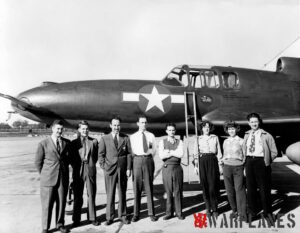
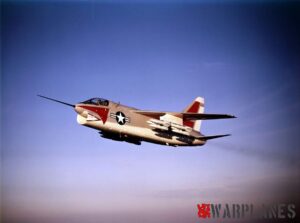
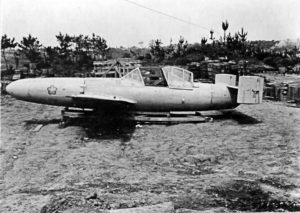


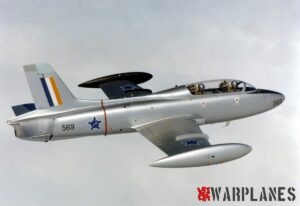
Hello Srecko,
Most impressive article about the Do215 production ! As I try to combine this most useful info with my database of individual Do 215 losses, taken from the RLM Gen.Qm.Abt.6, Luftwaffe loss records, I was wondering whether you have more data about other Werkenummer related to Stammkennzeichen ?
Would love to share my findings with yours ! All the best,
Marcel Hogenhuis, Venlo, The Netherlands
Excelent article, is there any picture of the do215 demonstration machine in Yugoslav colors?
That was just camouflage for export but never with Yugoslav markings.